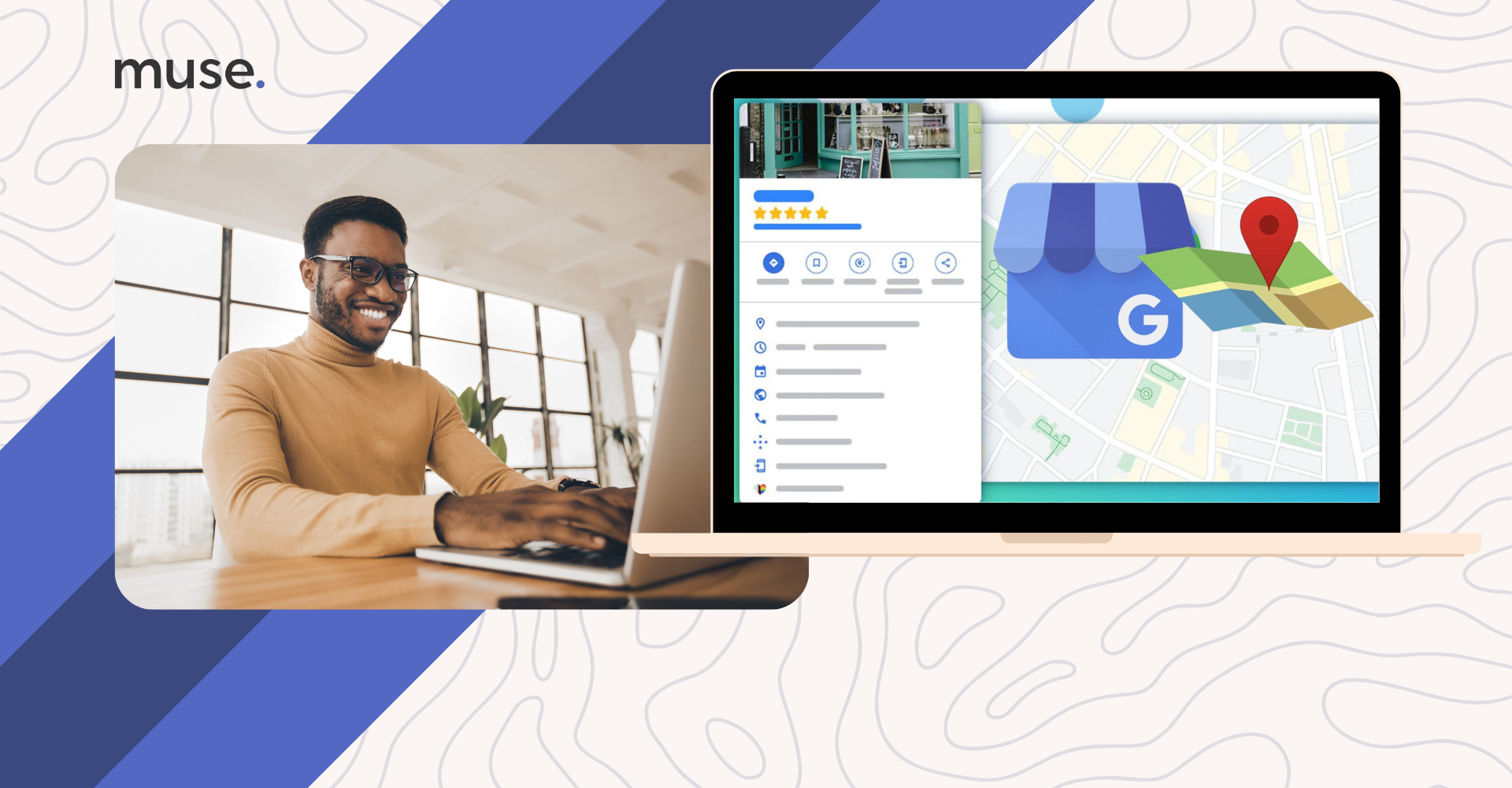How to Collect Valuable Brand Insights from Your Buyers
Get the answers that inform strategic brand decisions
At Muse, every brand strategy engagement begins with an in-depth discovery phase that digs into the core of your team, industry, competitors and audiences. Within this process, we collect direct insights from your buyers through our proprietary brand perception survey.
This isn’t a customer satisfaction survey. It’s a tool that uncovers how buyers feel about your company and informs strategic brand - and business - decisions. If you’re looking to improve current perceptions or marketplace position, this is the place to start.
Buyer Insights Lead the Way
Many organizations believe they own brand perception. But they don’t - their buyers do. Brand perception relates to what they feel about your products or services, and how you impact their lives. There are many ways to track it - focus groups, social media monitoring and, of course, surveys.
Although your audience shouldn’t be afraid to share their opinions, anonymous brand perception surveys deliver the most honest results. (Unless you offer a reward in exchange for their responses, you don’t need to ask for contact information.)
Here’s an overview of everything you need to consider when implementing your own brand perception survey.
Survey Setup
We structure surveys to align with core best practices:
- Be upfront. Tell buyers why you’re surveying them and how you plan to utilize their feedback.
- Keep it short. Unless the reward is super sweet, set a maximum of 10 questions.
- Apply simple & straightforward communication. Use language that’s easy for any participant to understand.
- Diversify questions. Incorporate a mix: Multiple choice, rating, opinion scale and open-ended. One of our favorite questions, “What three words would you use to describe our brand?” always garners illuminating feedback.
- Incentivize participation. Give a nice discount, like 15% off a purchase or access to a special pre-sale.
- Design for the user. A number of digital platforms like Google Forms, Typeform, Qualtrics and SurveyMonkey help you create a seamless, intuitive experience.
Distribution & Data Collection
Review your email platform and social media metrics to identify the best time to share your survey. When is your audience engaging with your communications? Share your survey when you anticipate high response rates.
If marketing tools allow, send personalized emails that make your audience feel valued and special. Also, lean on your sales team to reach out and boost the recipient’s likelihood of response.
If your audience isn’t connected with you online, don’t push a digital survey. As long as you have resources for data entry, printed surveys are just as effective.
Remember, customers get inundated with surveys, so give them time. Review your response count two or three days after distribution. If you aren’t satisfied with the numbers, resend the survey with a friendly reminder to the same list or add new contacts for additional reach.
Apply the Insights
As you analyze survey results, don’t limit your report to straight percentages. Provide your team with common themes and insights, and actions you plan to take as a result. Answer questions like, “What did we learn and how will we do things differently?” and “What does my audience value the most about my brand?”
Some responses may validate the need to challenge the status quo and establish a new position. While that may not be the answer you were looking for, it justifies the need for a new direction. Every insight has the power to make your brand stronger in the long run.
With our own 2018 Muse Customer Survey, the responses influenced a lot of what we do, especially the firm’s core practice areas. Our clients saw tremendous value in our unique brand strategy approach and also expressed the desire for more content marketing services. These insights shaped the direction of our firm over the last two years.
Get Answers
If you’re hesitant to survey your audience, don’t be. It’s critical to gather audience input early in the branding process to understand what makes them tick. After all, data is power.
About the Author
Lauren Konst is an Account Executive at Muse. With a strong background in integrated marketing and communications, advertising and events, Lauren pitches grassroots marketing ideas and creative solutions to support clients’ business objectives. Throughout her career, she has worked with notable clients including Cleveland Clinic, The Rock & Roll Hall of Fame, Destination Cleveland and Greater Cleveland Food Bank.
More Good Reads

Use a Google Business Profile to Create More Visibility for Your Wellness Brand
Discover how a Google Business Profile can expand your digital presence and give your wellness brand a competitive advantage.

How to Select Wellness Brand Imagery that Motivates and Inspires Your Audiences
Support wellness branding with intentional images. Consider these tips to select the right wellness imagery for your brand.

